Incubating future movements in travel and culture
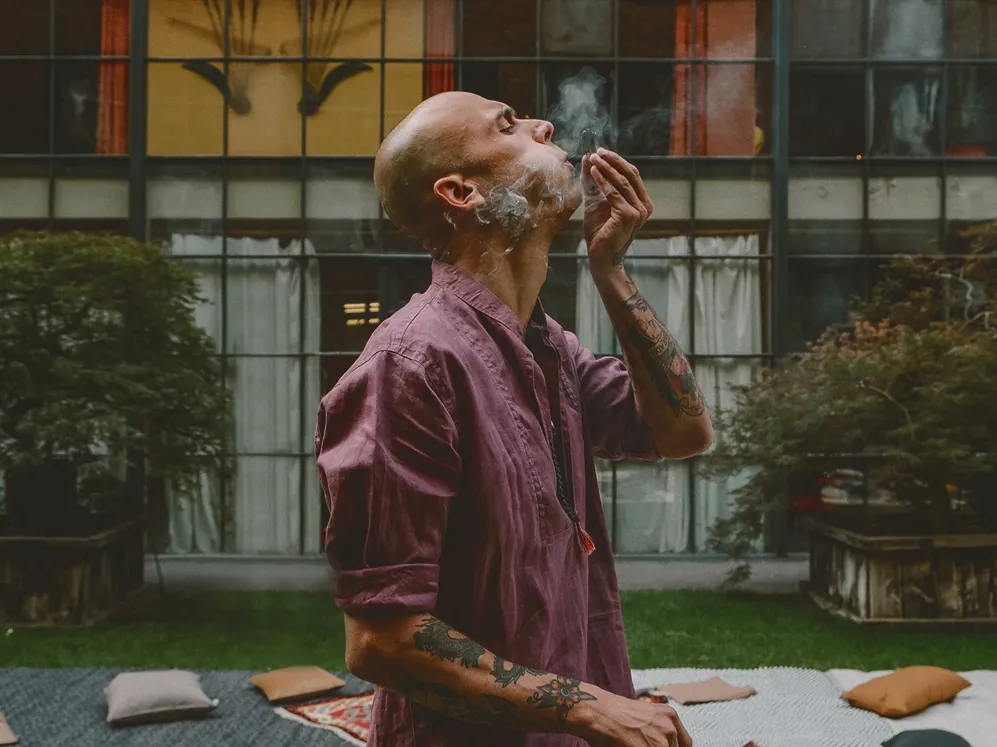
Words Frankie WechslerImages Anka Gujabidze & Ani Gabashvili
Like many a burned-out executive, Sascha Zeilinger had an epiphany at the Burning Man festival that led him to uproot his life. He quit his job in fashion and traveled to Bali, where he took up a chance invitation to join a breathwork session in the hopes of improving his surfing. What followed was a profound experience that helped him change direction. He trained to be a breathwork practitioner and founded Spirit of Breath, based in Berlin. In his sessions, he guides participants through deep diaphragmatic breathing that he says allows for the release of trauma stored in the body and a healing process that he believes has the staying power to rival yoga.
How is breathwork used in wellness?
Sascha Zeilinger: Okay, that’s a big one. Breathwork is basically an active meditation, where you lie down and breathe through a relaxed, open mouth. The easiest way to describe it is that you breathe yourself into this unconscious mindset, where you can open hidden doors and unfold. And this can lead to improving overall wellbeing. It helps to reduce stress and you can go deep and heal traumas from your childhood. It helps you live your full potential in the end. Because we run around the whole day, super stressed and we are disconnected from our body—but once we start breathing, we are living in the present moment. So you can’t be in the past; you can't be in the future. It's the present moment—and that’s where the beauty can unfold. You can start healing yourself.
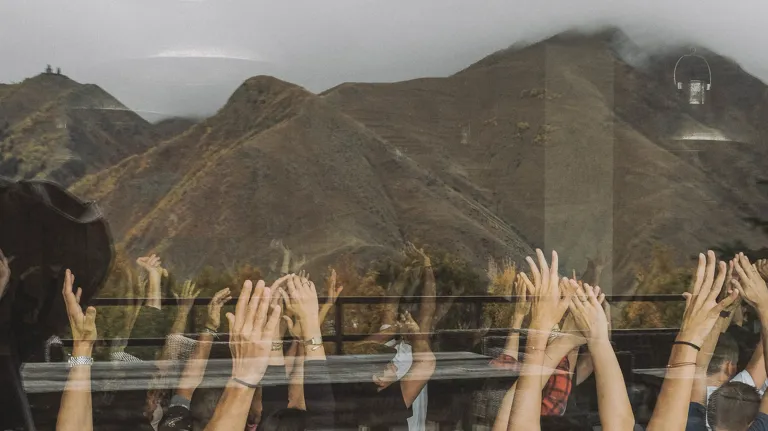
How does that healing process work?
Zeilinger: We develop our main character structure within the first three years of life. And after that, as we go through different phases in life, we begin building this shield around us, we try to protect ourselves. Breathwork can help us enter this unconscious mindset, to start opening hidden doors to heal yourself from within. Normally we take external substances—you know, if you have a headache, you take a pill. We are constantly looking outside of ourselves. But once you start doing the breathwork, you start this inner journey. You free yourself from the chains you're dragging around within yourself. It’s this burden, this heavy, heavy backpack you have in life. It’s a lifelong journey. You can go to really dark places in this journey. Sometimes it’s not fun. But if you keep going, step-by-step, there is this beauty and you feel this freedom inside of yourself. And that’s the beauty of breathwork.
What is the origin of breathwork?
Zeilinger: Breathwork itself is prana. It comes from the yogis. It’s existed for thousands of years. But when we do breathwork in the Western world, it has its roots in the late 1960s, beginning of the 1970s. One of the key founders is Stanislav Grof. He invented holotropic breathwork. It’s a deep and intense form of breathwork—these sessions last for three, four hours. It’s basically to work with trauma patients and heal. He’s a psychiatrist living and working in the U S. He used psilocybin and LSD with these patients, because he found that taking these substances opens your mind and you can go deep into the whole process. And then when it got banned, he was looking for a way to continue to heal these trauma patients. So he invented holotropic breathwork. Nowadays, one of the most well-known is the Wim Hof Method—he is also called the Iceman. He’s capable of running around in the Himalayas just in his Speedo. He’s trained his body using breathwork. He’s so strong that he holds the world record in ice bathing. He sits in an ice bath for over two hours. So now it's getting more and more popular. Nowadays you have between 15 and 20 different breathing techniques worldwide. And I think we are just in the beginning of breathwork, it could get as huge as yoga is nowadays.
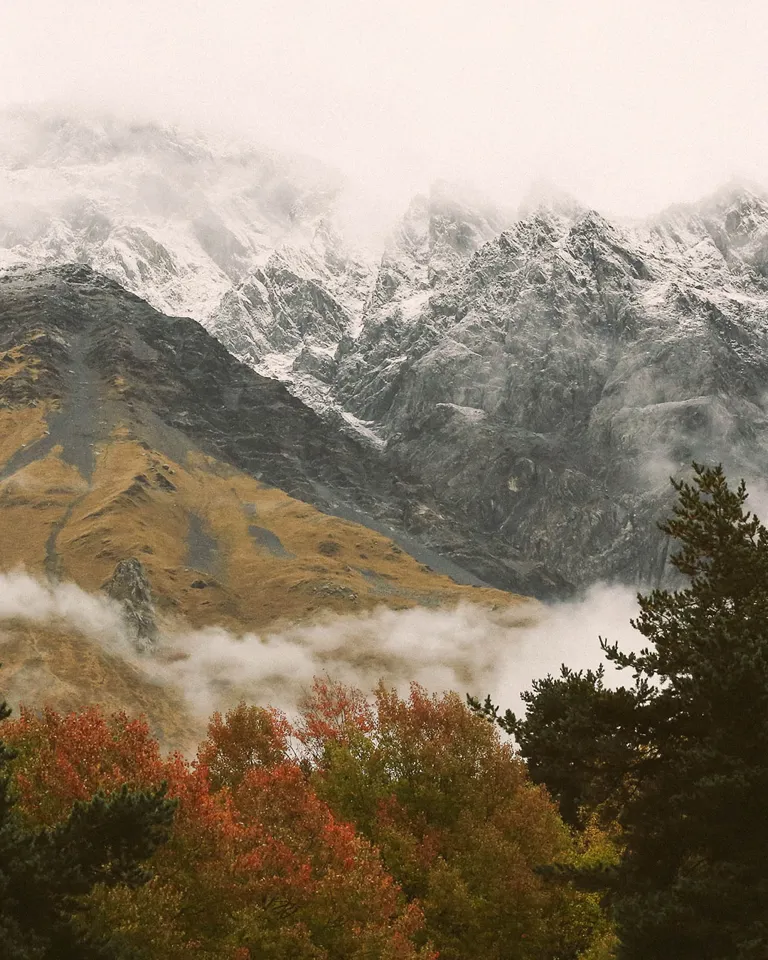
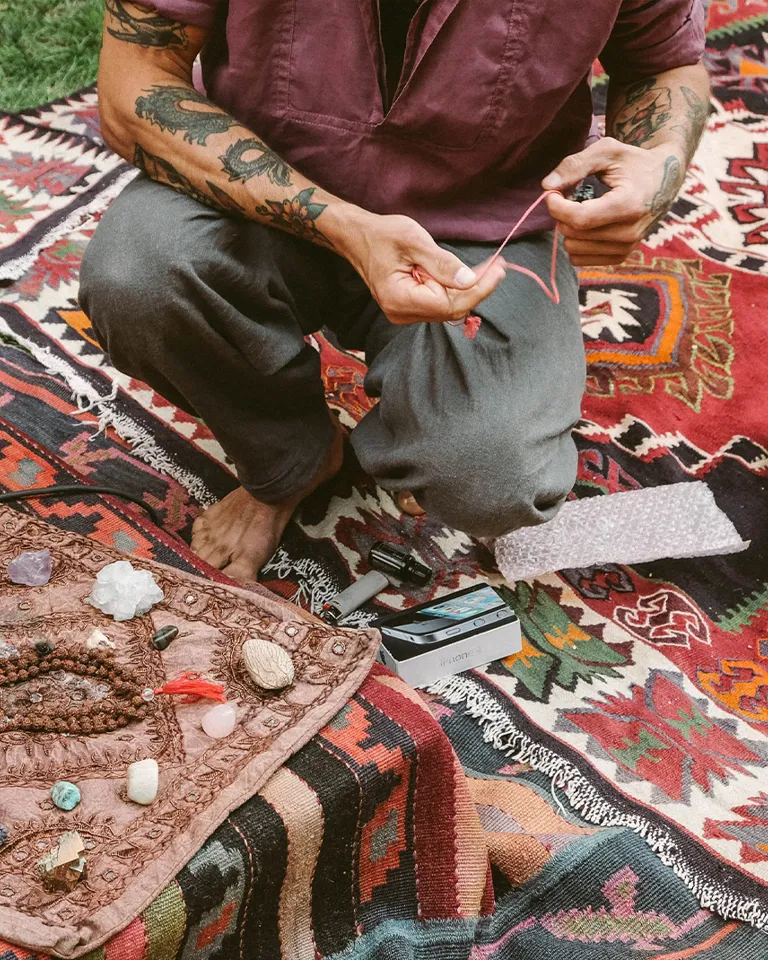
So you think breathwork will continue to gain traction?
Zeilinger: I think it will, yes. Slowly, but it will. You saw the same thing with yoga. At the beginning when it started, everybody was like, what is this crazy stuff, these people jumping around? Now you see that mindfulness, consciousness, awareness—these are the main three words, and this is getting more and more important. Places like this, where we are gathering, have the capacity to create something like this. For example, a lot of hotels have gyms, but they are hardly used. It could be an idea to change them into mindfulness spaces, where you teach yoga, meditation, and breathwork. So it’s not just about staying overnight—it’s about learning something and taking it with you, and then talking about it to other people.
What is the most important thing you’ve taken from breathwork?
Zeilinger: To be at peace with myself. That's basically it. Because once you’re at peace with yourself, it’s like you can go any place in the world. You feel centered, you feel at home. And I think that’s where the freedom lies.
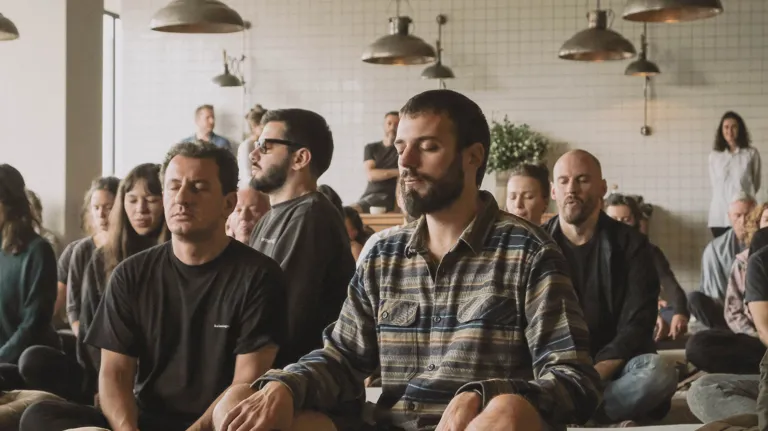
The Magic Mountain
From primordial chants to operatic loops, Japanese vocalist Hatis Noit combines the experimental with the ethereal to transcend the physical world and connect with our subconscious.
The Magic Mountain

Named “Latin America’s Best Female Chef” for her pioneering take on Bolivian cuisine, the Noma alumna is bringing her progressive culinary philosophy back to her native Denmark.